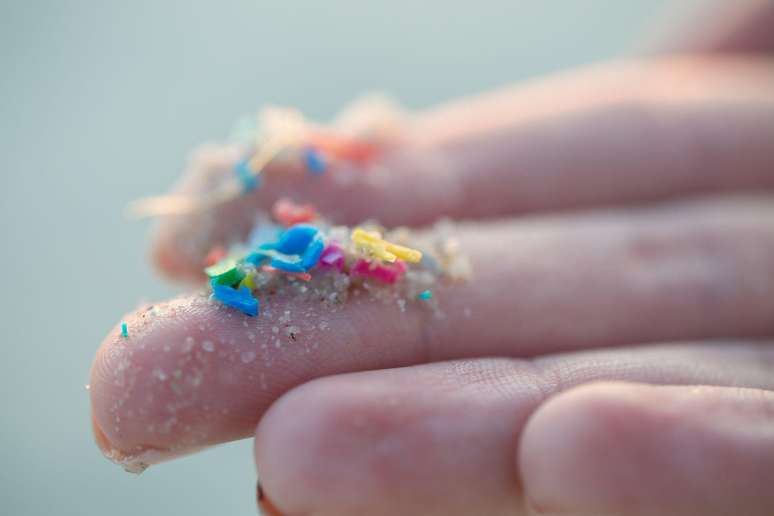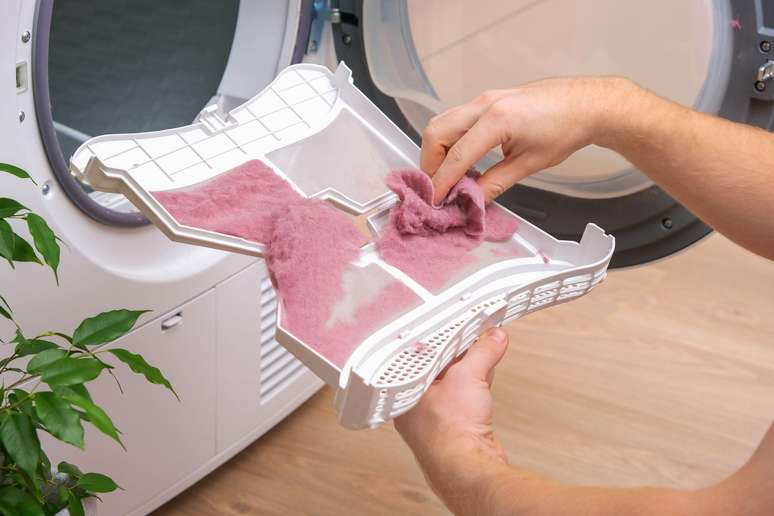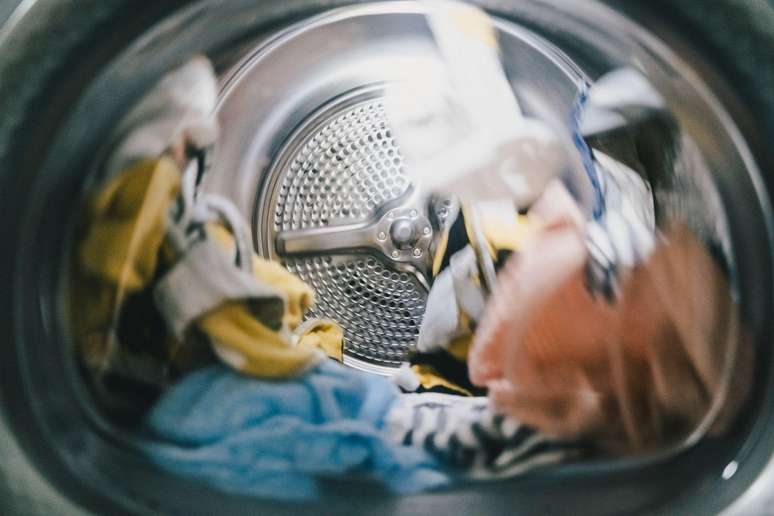A single machine wash can release millions of microfibers.
Microplastics are appearing everywhere, from remote mountaintops to deep ocean trenches. They are present in many mammals, including humans.
The most widespread microplastics in the environment are microfibres: fragments of plastic in the form of tiny threads or filaments.
Microfibers come from different sources, such as cigarette butts, ropes and fishing nets. But their largest source is synthetic fabrics, from where they are constantly expelled.
Fabrics shed microfibers during production, use and disposal, but especially during washing. A single machine wash may release millions of microfibres.
Many factors influence the amount of fibers released, such as the type of fabric, mechanical action, detergents, temperature and duration of the wash cycle.
My research focuses on coastal ecology and water pollution. It includes the marshes and estuaries of New York and New Jersey in the United States, which are greatly affected by human activities.
There are a few points to consider regarding the need to reduce microplastic pollution released from your washing machine.

From fabric to water and soil
Once released from clothes in the washing machine, microfibers enter the wastewater stream, which usually leads to a wastewater treatment plant. And advanced treatment facilities cThey can remove up to 99% of microfibers from water.
But since a single wash can produce millions of fibers, the treated water discharged after treatment still contains a huge amount of microfibers.
Microfibers removed during treatment end up in sewage sludge, a mixture of solid materials that is processed to remove pathogens. And in many cases, treated sewage sludge is applied to land as a fertilizer.
This procedure allows microfibers to enter the air and soil, where they travel to soil organisms and the terrestrial food web – or are absorbed by agricultural products.
Microplastics that enter rivers, lakes and bays can cause many harmful effects. They can be consumed by fish and other aquatic animals, affecting their biochemistry, physiology, reproduction, development or behavior.
These microplastics contain chemical additives, including substances such as phthalates and bisphenol A. These additives can harm the health of humans and animals, also causing effects on the endocrine system.
Fabric microfibres also contain other substances of proven toxicity, such as dyes, anti-wrinkle agents and flame retardants.
Furthermore, contaminants present in water, such as metals and pesticides, can adhere to microplastic particles and transform them into a real cocktail of contaminants, which can be transported to animals that ingest them.
More sustainable washing
Not all fabrics release the same amount of microfibres.
Lightweight fabrics with a shaggy or fuzzy appearance, such as fleece, shed more fibers than firmer fabrics.
Clothes made from natural fibers, such as wool and cotton, seem to be the solution, but unfortunately they also release microfibers that can absorb pollutants from the environment.
Scientists and manufacturers are developing fabrics that shed fewer microfibers than current fabrics, thanks to features such as longer fibers and coatings to reduce their release.
Until these new fabrics come out, here are some ways to reduce the release of microfibers when washing your clothes:
- Wash clothes less frequently. Washing with a full machine, rather than a partial load, reduces the release of microfibers as clothes are exposed to less friction during the wash cycle.
- Use cold water, which releases fewer microfibers than hot water.
- Uses less detergent, which increases the release of microfibers.
- Use a front-loading washing machine. Its tumbling action reduces the release of microfibres.
- Dry the clothes on the line. The dryer releases more fibers into the air through ventilation.
Different types of products collect microfibers in the washing machine before they are released with the wastewater. Some of them are fabric washing bags made of monofilament, a single filament of polyamide that does not disintegrate into fibers. The clothes are washed inside the bag, which captures the microfibres released from the fabrics.
One study concluded that one of these products (Guppyfriend) collects about a third of the microfibers released from clothing.
Another product, called the Cora Ball, is a plastic ball equipped with spikes with soft plastic discs at the ends, which capture microfibers.
Reduces microfibers approximately 25 to 30%but it may not be suitable for light sewing as it may snag on threads and damage clothes.

Filter wastewater
There are several brands of external filters that can be fitted to existing washing machines. External filters can remove up to 90% of microfibers from rinse water.
Its average cost is around 150 US dollars (around R$740). Homeowners should clean filters periodically and dispose of collected microfibers with solid waste, not down the sink, which would send them back into the sewer.
In a 2021 study, researchers installed washing machine filters in 97 homes in a city in Ontario, Canada. They represent about 10% of the homes in that community.
They concluded that the measure significantly reduced microfibres in the water treated at the on-site treatment plant.
On the other hand, some companies have started producing washing machines with built-in microfiber filters.
France has approved a standard requiring all new washing machines to be equipped with filters by 2025. And Australia has announced that filters will be mandatory on commercial and residential washing machines by 2030.
In the United States, California’s state legislature approved a similar requirement in 2023. But the state’s governor, Gavin Newsom, vetoed the project, expressing concern about the costs to consumers.
An economic study commissioned by the Ocean Conservancy organization concluded that filters would increase the price of washing machines by only US$14-20 (about R$70-100) per unit.
Several other US states are considering adopting regulations requiring the inclusion of filters in washing machines.
In my opinion, requiring manufacturers to add filters to washing machines that capture microfibers is an economical and reasonable measure that could quickly reduce the enormous quantities of microfibers in wastewater.
The possible solution would be to reformulate the fabrics so that they do not release fibers. But it will take time for them to be developed and transferred into clothing supply chains.
Meanwhile, filters are the most effective way to combat the problem.
* Judith Weis is professor emerita of biological sciences at Rutgers University, in Newark, United States.
This article was originally published on the academic news website The conversation and republished under a Creative Commons license. Read the original English version here.
Source: Terra
Rose James is a Gossipify movie and series reviewer known for her in-depth analysis and unique perspective on the latest releases. With a background in film studies, she provides engaging and informative reviews, and keeps readers up to date with industry trends and emerging talents.







